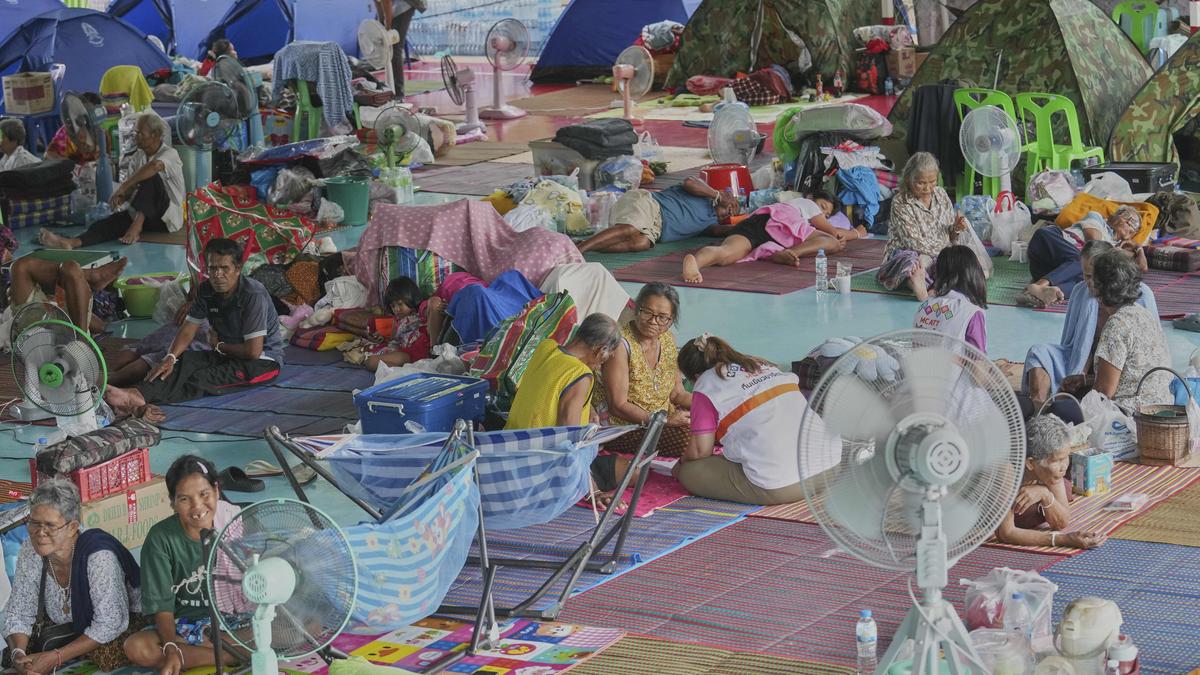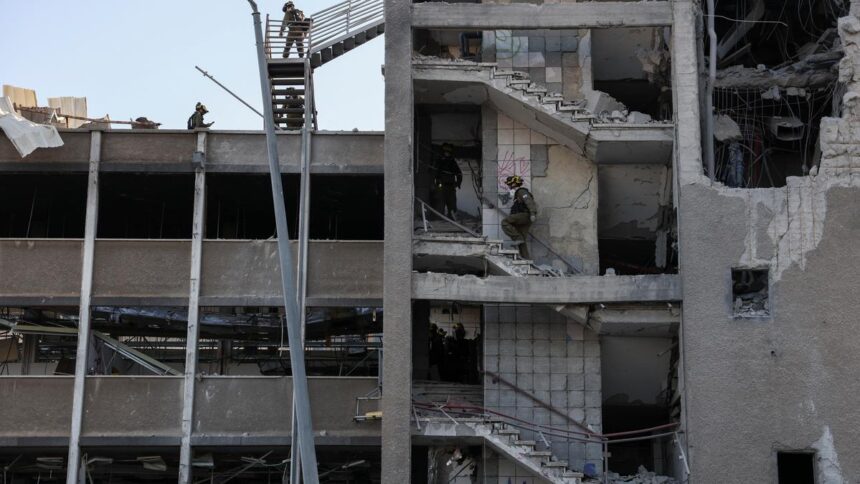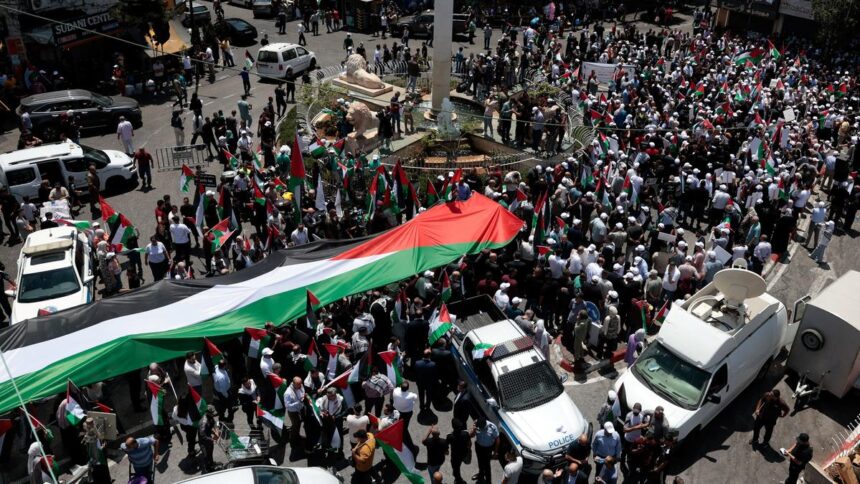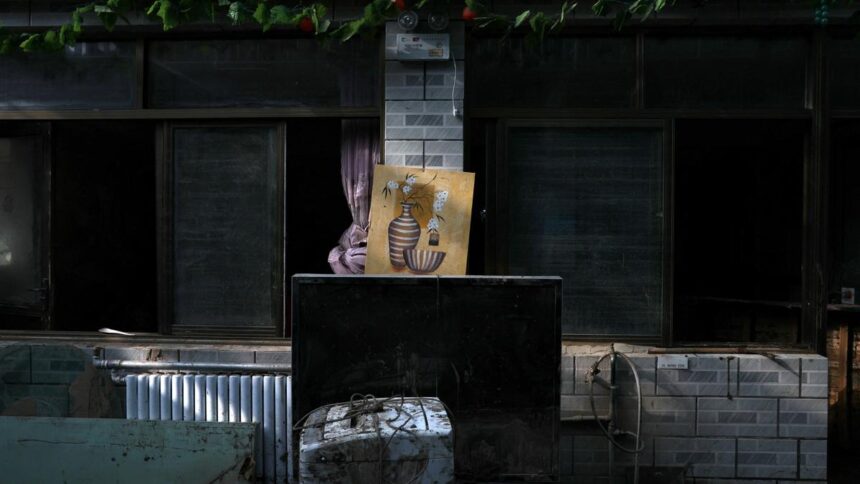A ceasefire between Thailand and Cambodia appeared shaky but remained in place on Tuesday (July 29, 2025) as tensions lingered despite a truce agreement to end deadly border clashes following economic pressure from the U.S.
The ceasefire reached in Malaysia was supposed to take effect at midnight on Monday, but was quickly tested. Thailand’s army accused Cambodia of launching attacks in multiple areas early Tuesday, but Cambodia said there was no firing in any location.
While some spillover had been anticipated in the hours immediately after the ceasefire took effect, a Thai government statement late on Tuesday said that a new clash had broken out at at one of the locations where there had previously been heavy fighting. The Thai Army reported exchanges of gunfire into Wednesday morning but said there was no use of heavy artillery.
Jirayu Houngsub, a spokesperson for the office of Thailand Prime Minister, said in a text message to journalists that the Thai military “is currently responding and controlling the situation” at Phu Makhuea, a mountain in a disputed area next to Thaikand’s Sisaket province.
Thailand’s Army had said the morning fighting stopped after military commanders along the border from both sides met. They agreed to halt troop movements, avoid escalation and establish coordination teams before a joint border committee meeting in Cambodia on Aug. 4, Army spokesman Major Gen. Winthai Suvaree said.
Cambodian Defence Minister Tea Seiha said that he spoke to his Thai counterpart about “incidents” that occurred during the implementation of the ceasefire, but stressed that Cambodia’s army abided by the truce. He said that Cambodian defence officials would lead a delegation of diplomats, foreign military attachés and others to observe the situation.
The Thai government separately said it has complained to Malaysia, the U.S. and China about Cambodia’s alleged breach of the ceasefire agreement.
There were signs of calm along the border, with some of the more than 260,000 people displaced by the fighting returning to their homes.
Cambodian Prime Minister Hun Manet and Thailand’s acting Prime Minister, Phumtham Wechayachai, had agreed on Monday to an “unconditional” halt in fighting, which has killed at least 41 people.
The meeting was hosted by Malaysian Prime Minister Anwar Ibrahim as annual chair of the Association of Southeast Asian Nations. He called the ceasefire a “vital first step towards de-escalation and the restoration of peace and security.” U.S. Secretary of State Marco Rubio said that Washington applauded the ceasefire declaration.
“President [Donald] Trump and I are committed to an immediate cessation of violence and expect the governments of Cambodia and Thailand to fully honour their commitments to end this conflict,” Mr. Rubio said in a statement.
Mr. Hun Manet said Tuesday that Mr. Trump had called to offer congratulations for the peace move. He posted on social media that Trump pledged the U.S. would join the monitoring process along with Malaysia to ensure the ceasefire is implemented.
Mr. Trump also called Phumtham after his return to Bangkok. Phumtham said that Trump told him that Thailand’s talks with Washington to negotiate tariff levels on Thai exports could now proceed and that he would seek to make them as favourable as possible.
The ceasefire comes days before the U.S. is expected to announce new trade tariff decisions. Cambodia and Thailand have both been two of the hardest-hit countries as a result of Trump’s trade measures, with a 36% tariff on goods from both countries taking effect this coming Friday.
Mr. Trump had warned that the U.S. might not proceed with trade deals with either country if hostilities continued, giving both sides a face-saving justification for halting the clashes.
Cambodia and Thailand have clashed in the past over their 800-kilometer border. The fighting began Thursday after a land mine explosion along the border wounded five Thai soldiers. Tensions had been growing since May when a Cambodian soldier was killed in a confrontation that created a diplomatic rift and roiled Thailand’s domestic politics.
Residents on both sides of the border expressed relief about the ceasefire, but remained wary, unsure how long the peace would last.
“I am very concerned that new fighting may break out. Thailand often provokes the fighting first, but then accuses Cambodia. Their aims is that they want to occupy our temples [along the border]. I really don’t want to see any new fighting happen,” said Soklang Slay, as he helped his daughter move back into her home in Cambodia’s Oddar Meanchay province, where heavy fighting had occurred.
Soklang Slay and his family dug a bunker to shield themselves from artillery when fighting started, but fled on the second day when bombings intensified.
In Thailand’s Surin province, village chief Kritsada Jindasri said that he heard heavy firing and explosions Monday night before silence fell at midnight.
“We are still cautious. We still don’t totally believe [that it would stop]. We still wait to assess the situation,” said Kritsada, who had stayed back along with 60 other community leaders after around 400 villagers evacuated last week.
His brother, Jirayu Jindasri, returned home after seeking refuge with relatives.
“I still don’t feel comfortable, because they just announced it for the first day. I’m not confident. If it breaks out again, I’ll have to go,” he said.
Analysts said that the ceasefire remains tenuous and politically complicated.
Kokthay Eng, a Cambodian researcher in history, politics and international relations, said that Trump’s “trade leverage and strongman mentality have helped save Thai and Cambodian people from further bloodshed.”
But he warned that the ceasefire may not last if the Thai government fails to secure lower U.S. tariffs.
Published – July 30, 2025 08:16 am IST























